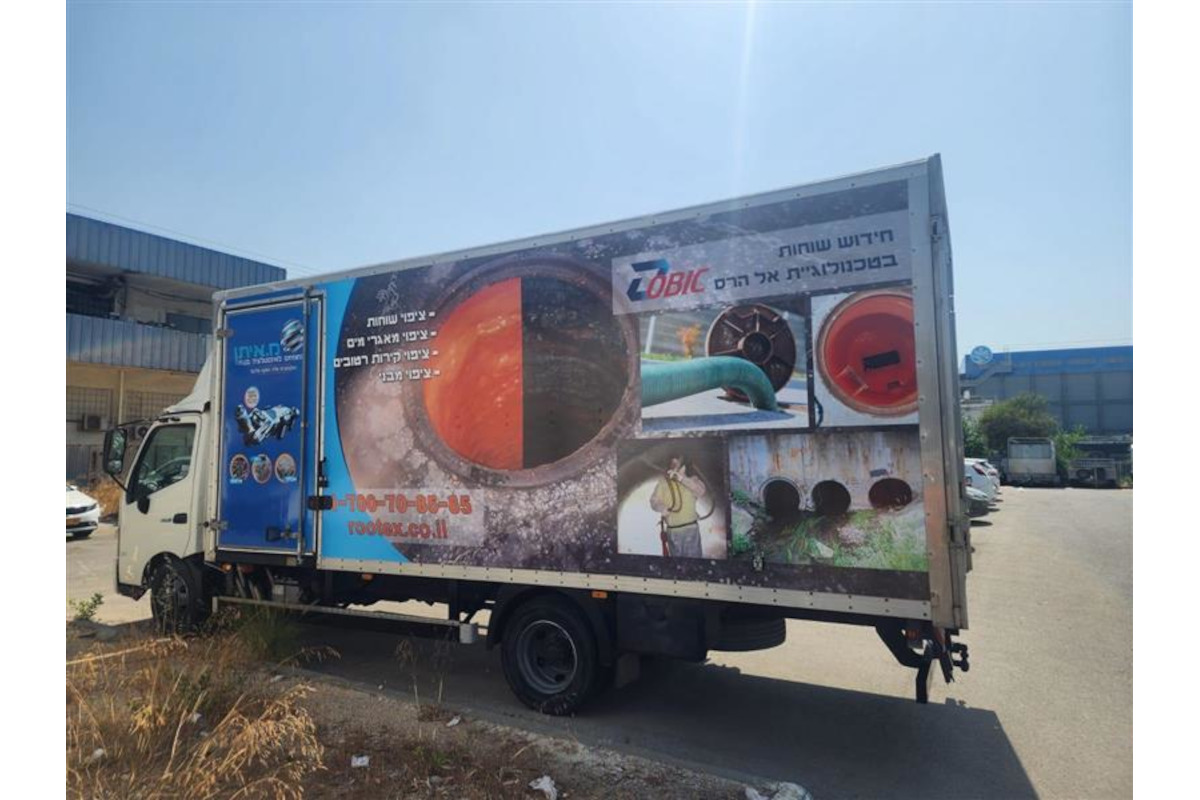Fully Managing & Using Sewer Capacity Minimizes Flood Risk

Investigations of many of these floods have shown that poorly maintained and/or under-capacity sewer systems formed part of the rainfall management problem with pipes either being blocked by silt or other detritus build-up preventing full capacity usage or, apparently, that there was simply too much water passing through a given section of the pipeline for it to handle at the time of the event.

Flood Storage
The solution to this type of situation would be better management of flows prior to overcharging of these pipelines at any critical points where the flooding might occur. One German company has developed an in-sewer flow management system specifically designed to address this requirement, known as the Uhrig System.
The Uhrig system has been developed after many years experience in the design and construction of wastewater pipelines across Europe. In essence, the Uhrig system utilizes the full capacity of the sewer over its whole length to manage and control high-potential flood water flows during major rainfall events. The system does this by utilizing specially designed and installed computer monitored flow measurement systems, remote-controlled Sluice gates and moving weirs positioned at strategic points along the pipeline length, prior to the point where flows enter the sewage treatment plant.

This arrangement not only manages the flow rate of water through the pipeline by maintaining manageable levels throughout the pipe length but also minimizes any need for discharge through overflows. It does this by using the full sewer cross-section as a storage facility so preventing the surge flows at the lower end of the pipe that might lead to overcharging and subsequent flooding.
How It Works
In conventional flow control systems used by most if not all older storm sewer pipelines flows are allowed to build to a point where they automatically discharge into overflow pipes as flow rates increase. This can lead to major unwanted and potentially contaminated discharges into local river systems and other waterways, sometimes with serious environmental consequences where combined foul and storm sewer pipelines exist.

The flows in the pipe are monitored constantly through the weirs and when predetermined levels are reached the gates are shut off gradually so as not to ‘shock’ the system. Once closed, the flows above the gate are stored in the pipeline. Strategically positioned, overflow discharges may be introduced into the system to allow for extremely high flow rates where even the storage capacity of the pipe is insufficient. But, using the Uhrig system should minimize the need to use these overflows.
When flows below the weir dissipate sufficiently to allow the stored water to be released, it can be done under controlled flow conditions, again so as not to surcharge the pipeline further downstream.
The Uhrig system therefore allows water engineers to manage the storm conditions to the best capacity of the pipeline and minimize the risk to the surrounding areas in terms of surface flooding and the damage, suffering and cost this can cause.
Other Advantages
While the Uhrig system was originally designed as a flow and flood management system it does bring with it other advantages.
For example, even during normal conditions the standard monitoring and control regime can be over-ridden to allow engineers to close the gates remotely. This will allow standard flows to build up in the pipeline behind the weirs. Once built up the waters can then be released by fully opening the sluice gate causing the water rush out of the ‘flooded’ pipe section. The result is that the pipe effectively cleans itself by means of “Flushing” the system, so minimizing silt and other material build up. This enables the system to be maintained at full operational capacity at all times as well as minimizing the need to use potentially costly remote cleaning systems, jetters etc.
The advantages of this can be two-fold. By ensuring that sediments are regularly cleaned from the pipe using the controlled flushing ability provided by the Uhrig system and with all flows being directed towards the sewage treatment plant, the pipe not only remains clean and therefore at full capacity when needed but also that during flood occurrences, where perhaps overflow into the local water courses does come into play, minimal, possibly contaminated, silt is discharged along with the water flows into the local water courses, so minimizing any environmental impact of the discharge that might otherwise have occurred.

All of the equipment used within the Uhrig system is manufactured through the Uhrig company, which also undertakes the installation and commissioning operations, ensuring that the automated system is fully balanced, operational and fit for purpose. This also includes provision of malfunction management, data management and all service and maintenance requirements.
“Flood management related to pipeline capacity is an increasing problem across Europe as populations increase and older sewers have to manage increasing ‘average’ flow rates,” commented Uhrig international sales manager Brian Hickland. “As has been seen in recent years this is no different for the U.K. water management industry. Introducing the Uhrig system to the United Kingdom, we at Uhrig feel that we can bring a whole new monitoring and control option to the country’s water engineers allowing them to fully manage and maintain normal full capacity operational systems, as well as unexpected surcharge flows, in an efficient and cost effective way.”
He added, “We can provide examples that show, practically, just how successful the Uhrig system has been in recent years using installations we have designed and installed across Europe.”
This article was submitted by Uhrig Kanaltechnik GmbH, which is headquartered in Geisingen, Germany.




